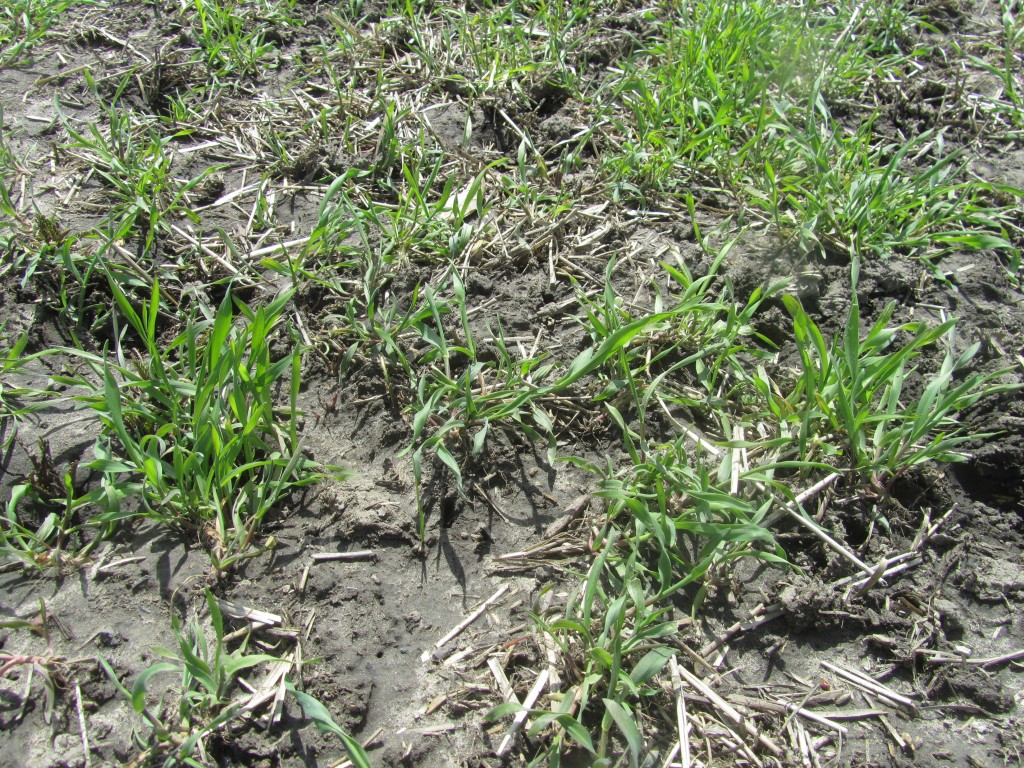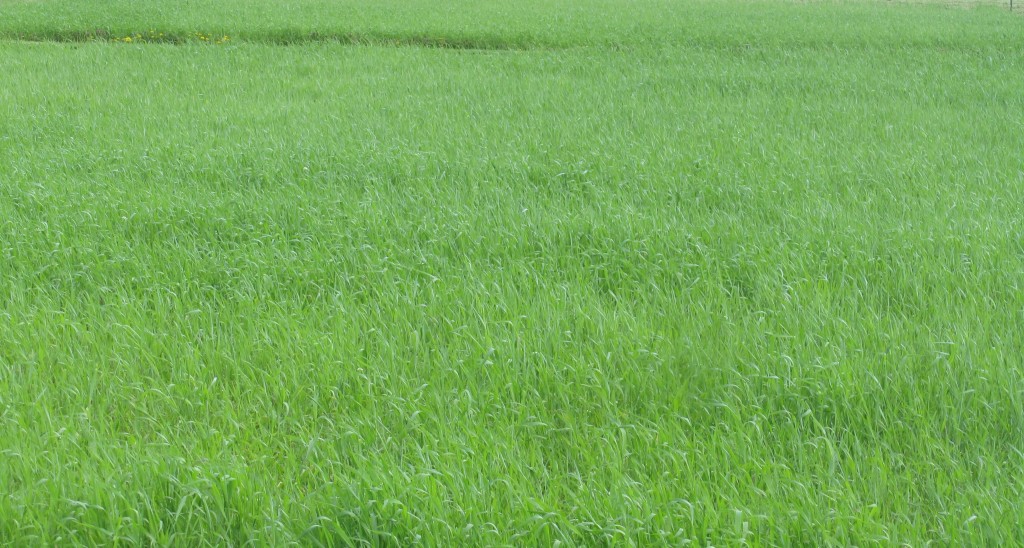The colder than normal April has been a topic of conversation with just about everyone. Mostly I hear people complaining about it but when I talk to people who spend a lot of their leisure time outdoors, the conversation gets much more interesting.
Fishermen I’ve talked to have mentioned how far behind their season is. Mushroom hunters are wondering about their upcoming picking season. Other outdoors people are saying much the same thing. As a gardener, I have to concur, we’re about two weeks behind normal. The agricultural weather people at MSU have measurements and statistics backing up observations made by us outdoors types. The statistic they look at is “growing degree days”.
The growing degree days system is a way of calculating when a crop should be planted and at what stage of growth it should be during the growing season. This is much more accurate than looking at the calendar and expecting “the corn will be knee-high by the fourth of July”. A month like the April we’ve been experiencing demonstrates just how inaccurate simply looking at the calendar date can be.
The photo above shows the rye in 2017 was over a foot tall at the same date.
Plants require a certain amount of heat in order to grow and reach their different developmental stages. For example, corn seed germinates, then the seedling grows and forms leaves. The plant later forms silk and tassels out. After fertilization, ears of corn form and eventually ripen. A certain number of growing degree days will have accumulated at each one of these stages.
Insects, since they are cold-blooded, also require heat to grow and progress through their stages of growth: egg, larva, pupa and adult. Like plants, at each stage a certain number of degree days must have accumulated before that particular stage is reached. That gives farmers and gardeners a tool to help predict when an insect pest might arrive and cause damage.
So now that we are two weeks behind at the very beginning of the growing season according to the calendar, what does that mean for us in a practical sense? One way of looking at it is: insect pests have no choice in the matter. They are already two weeks behind in any development they might have made during a normal year and even further behind if this were a warm April. Gardeners will most likely be planting their gardens at pretty much the same time, say near the end of May. If the trend continues, conceivably it would mean gardeners will have a two week head start ahead of the insect pests.
It will be interesting to see how this cold start to the season plays out.
Bob

